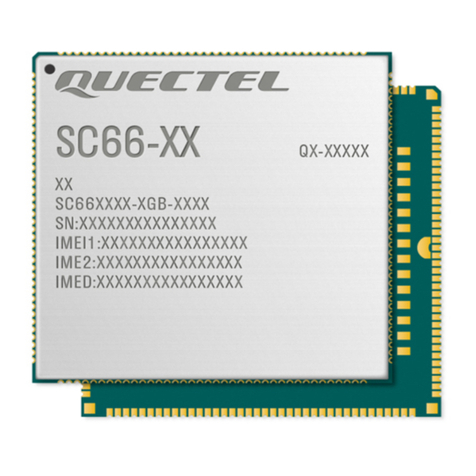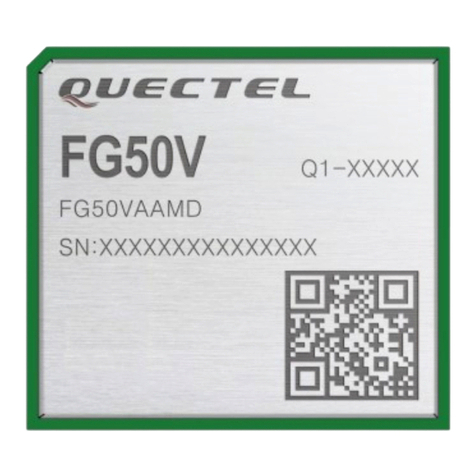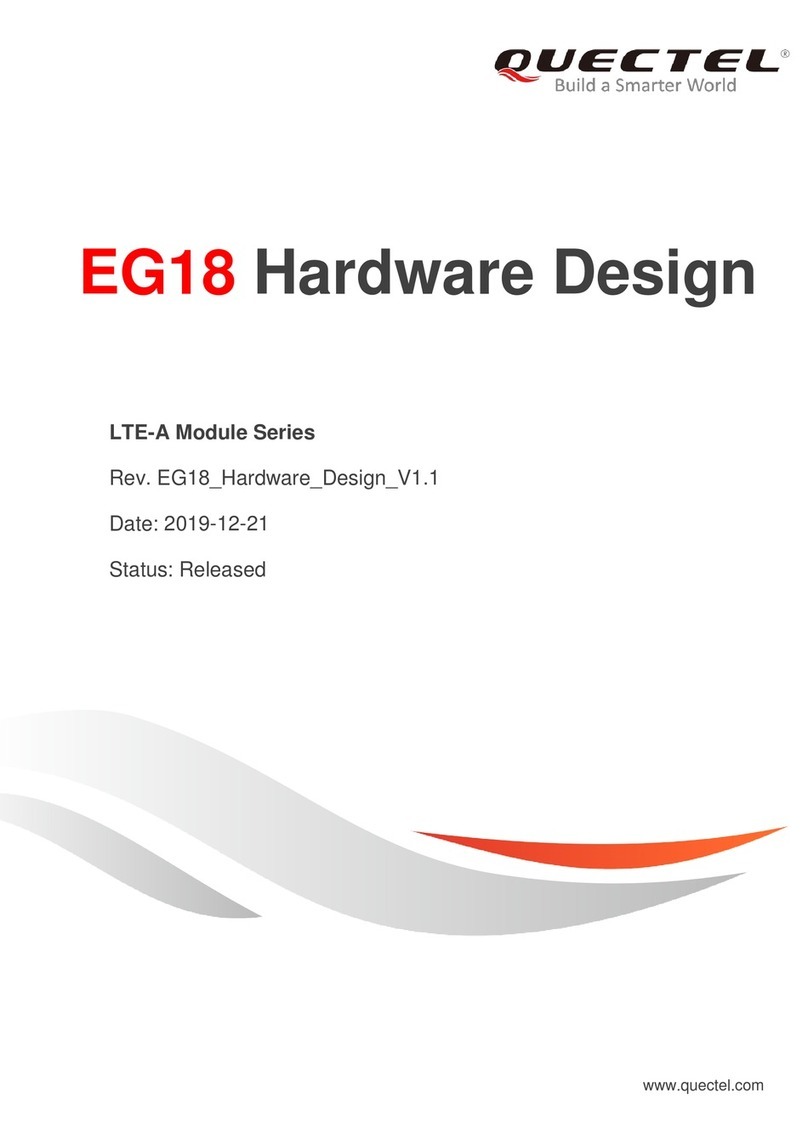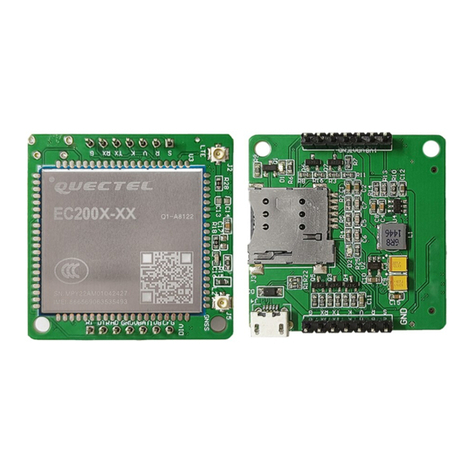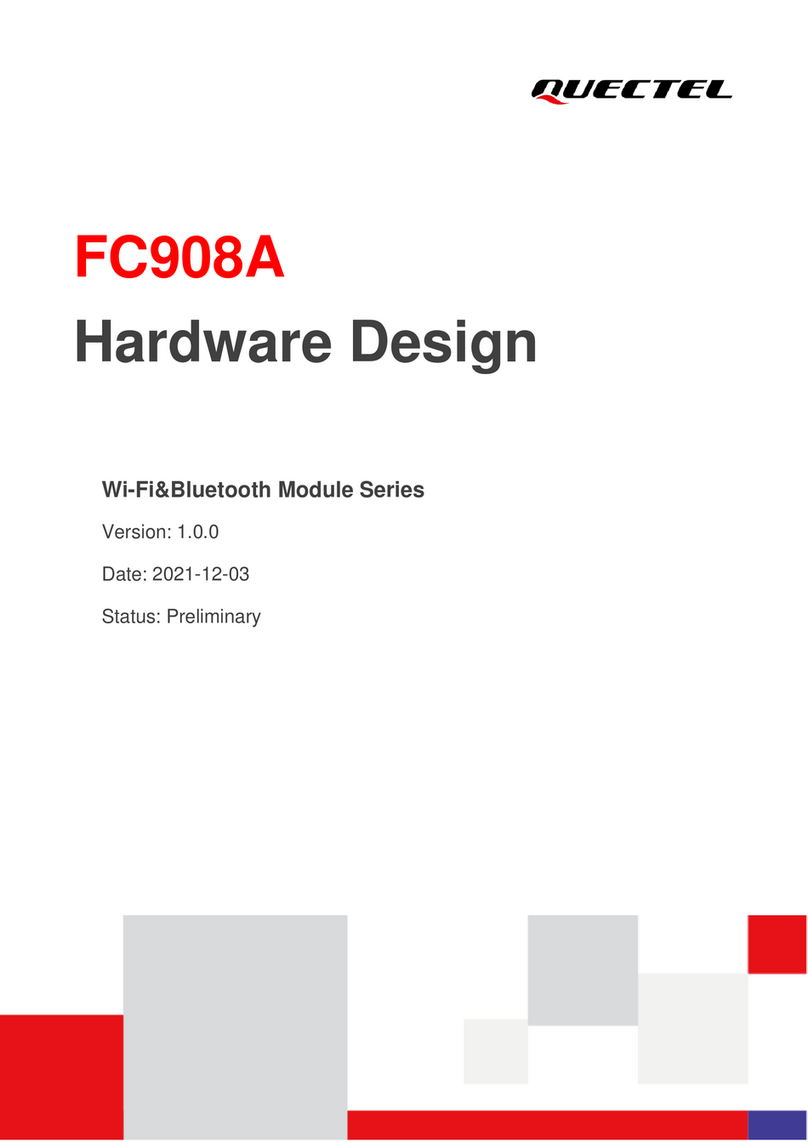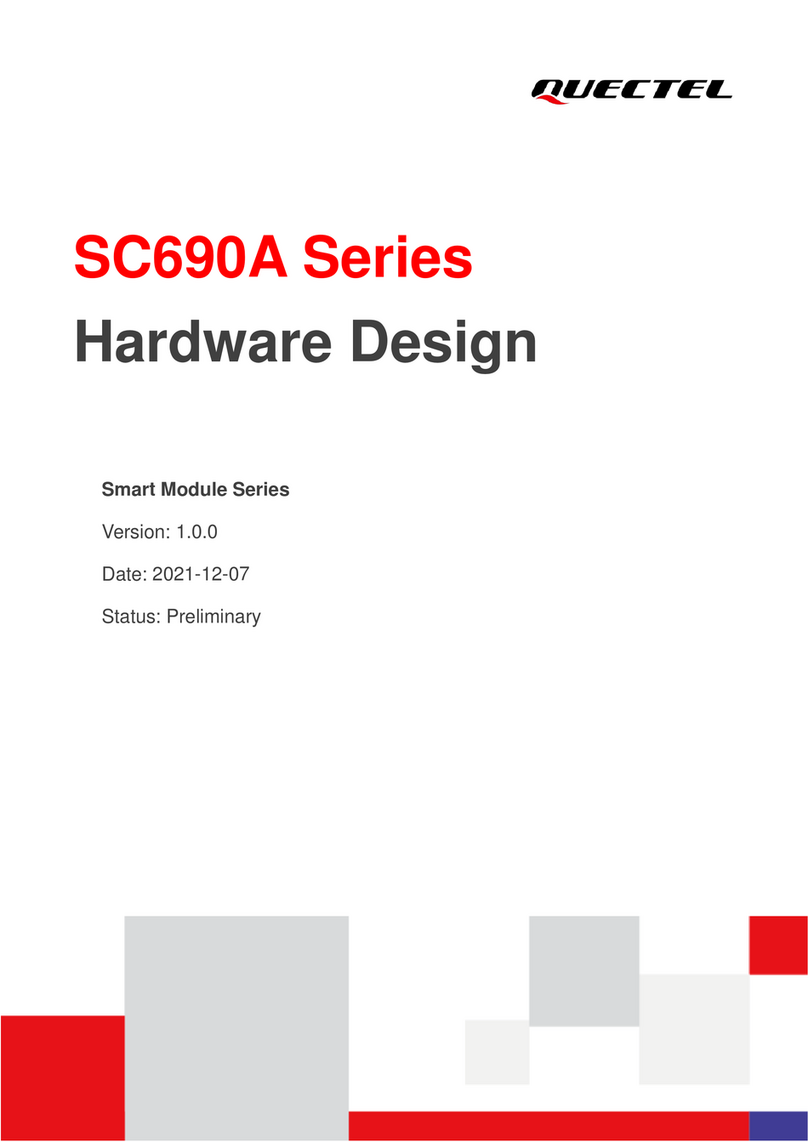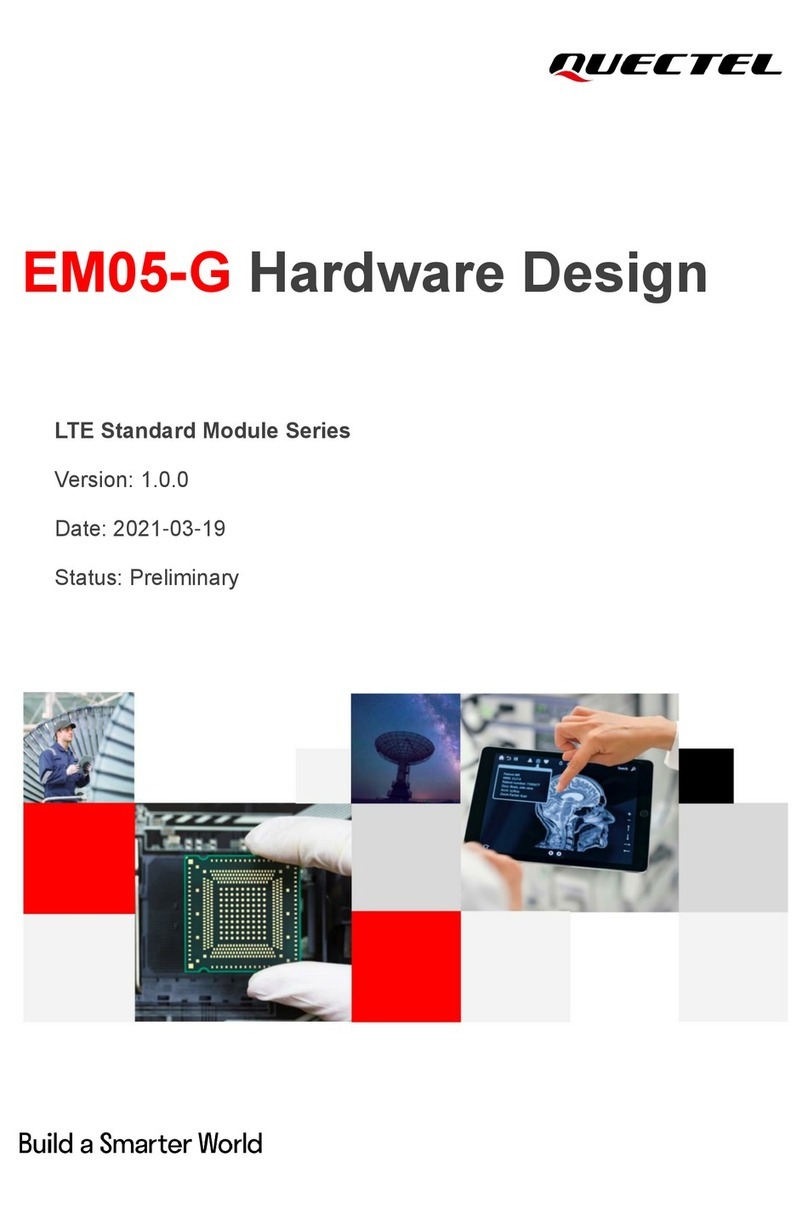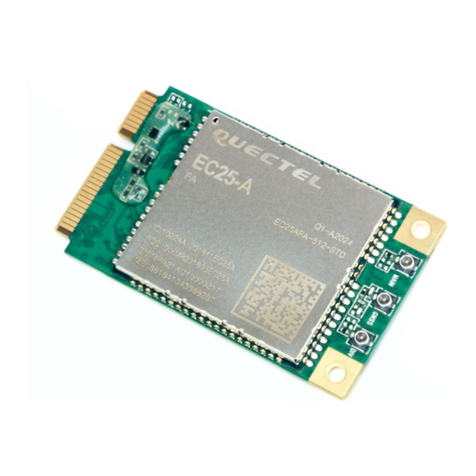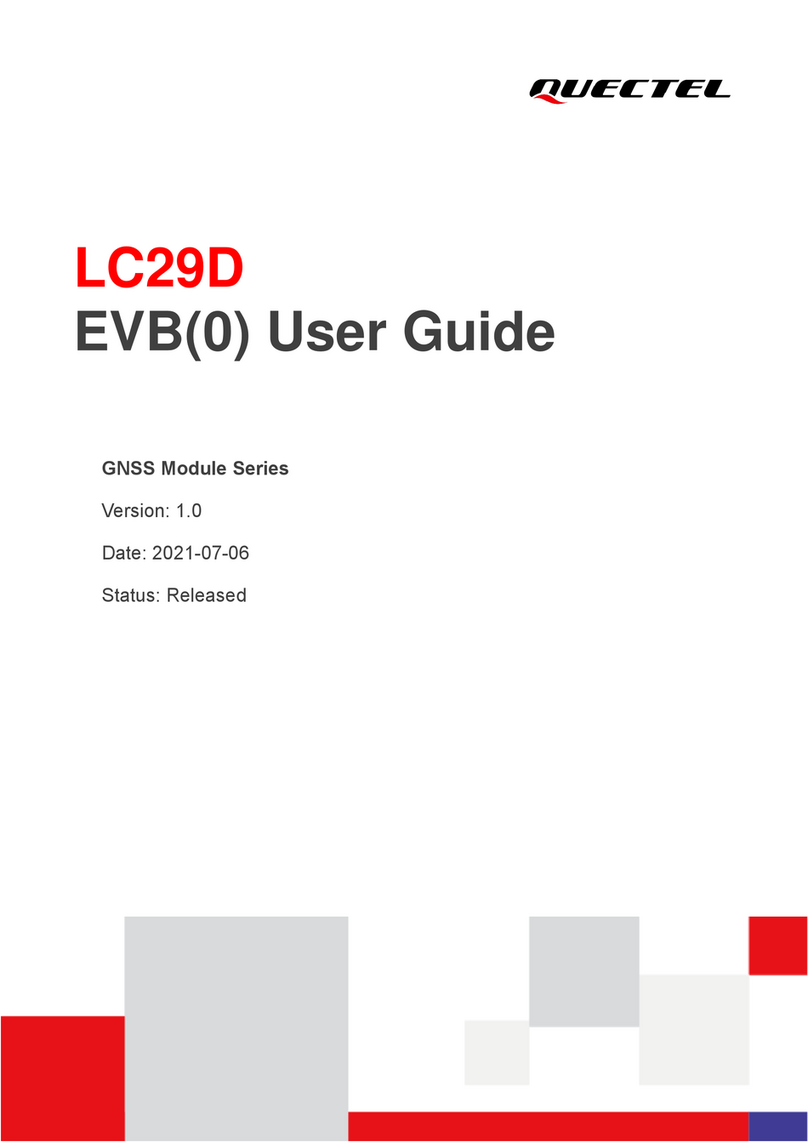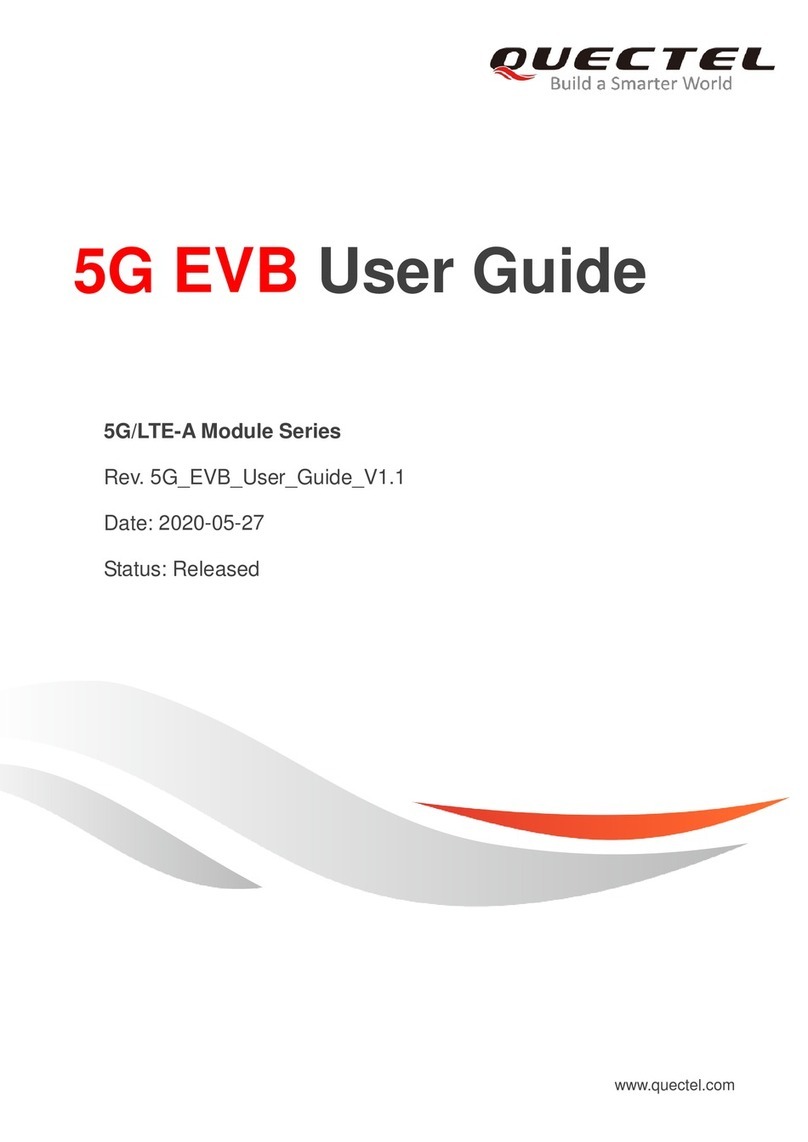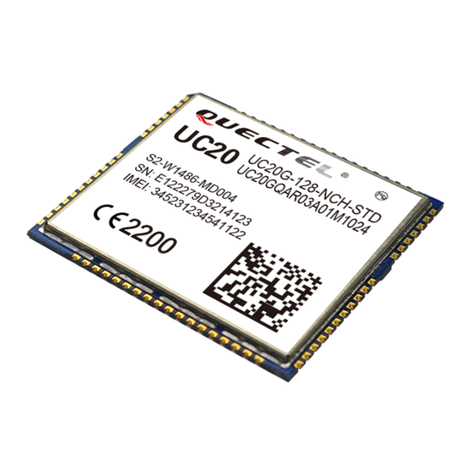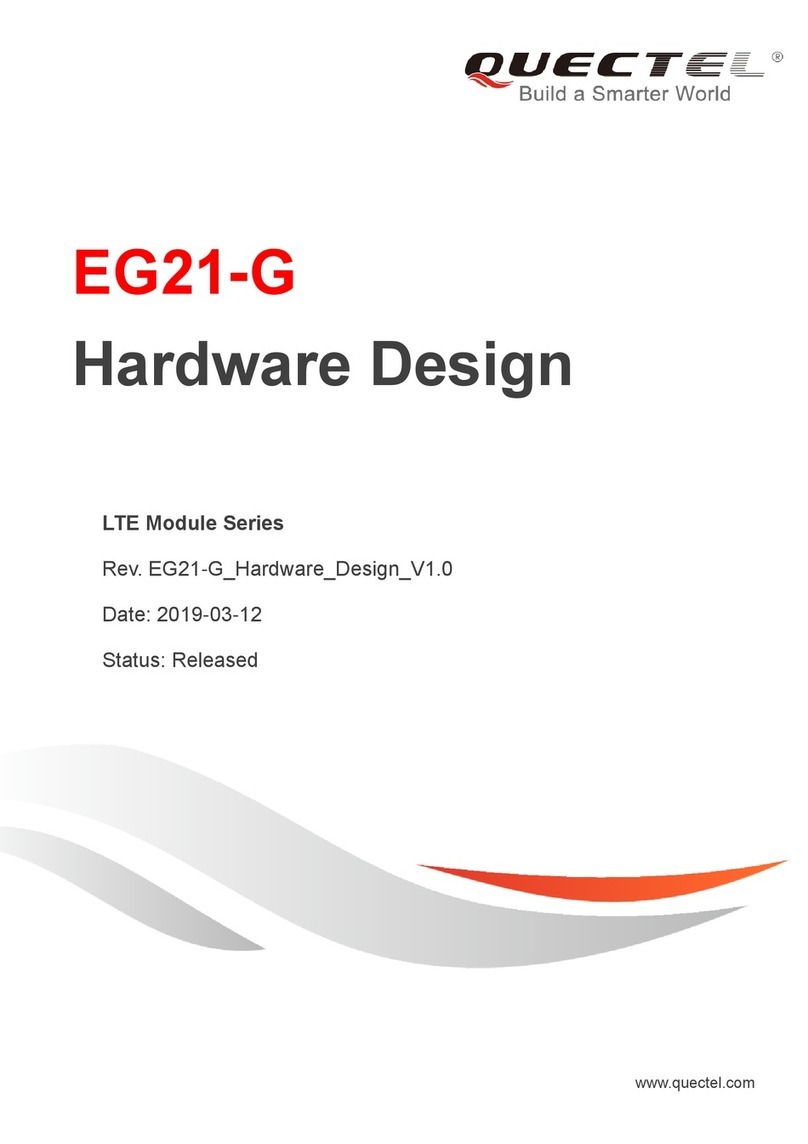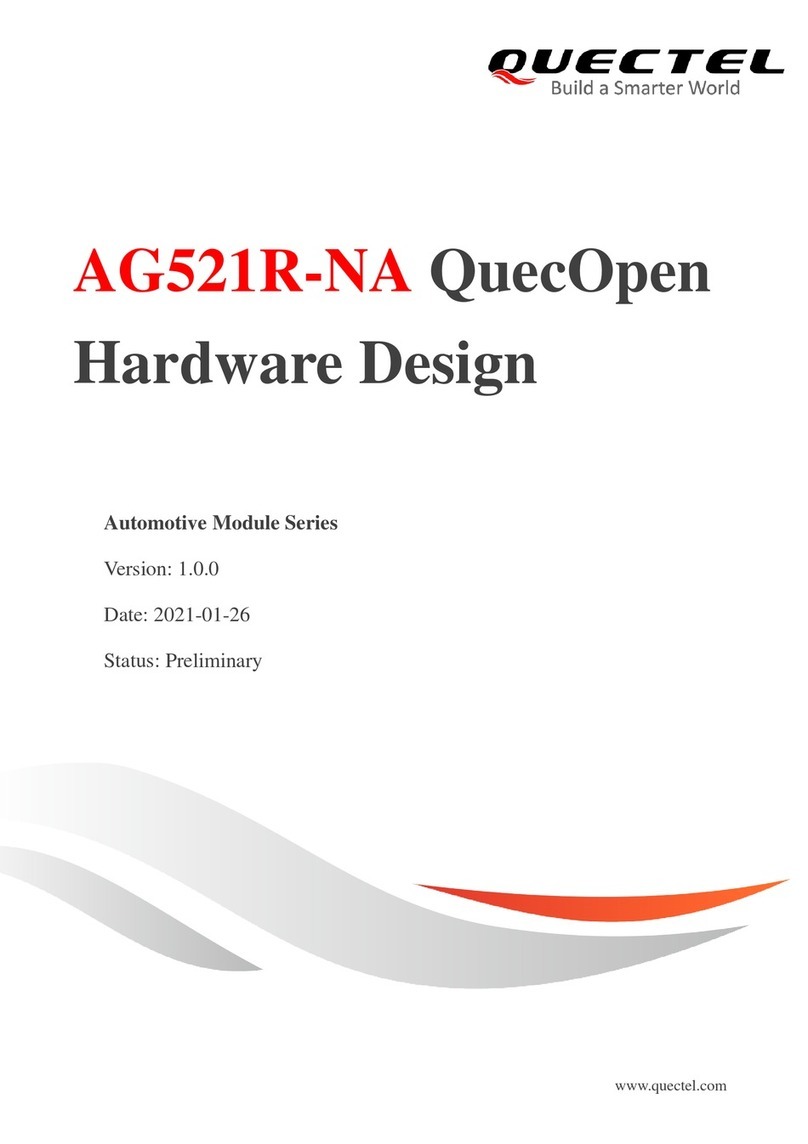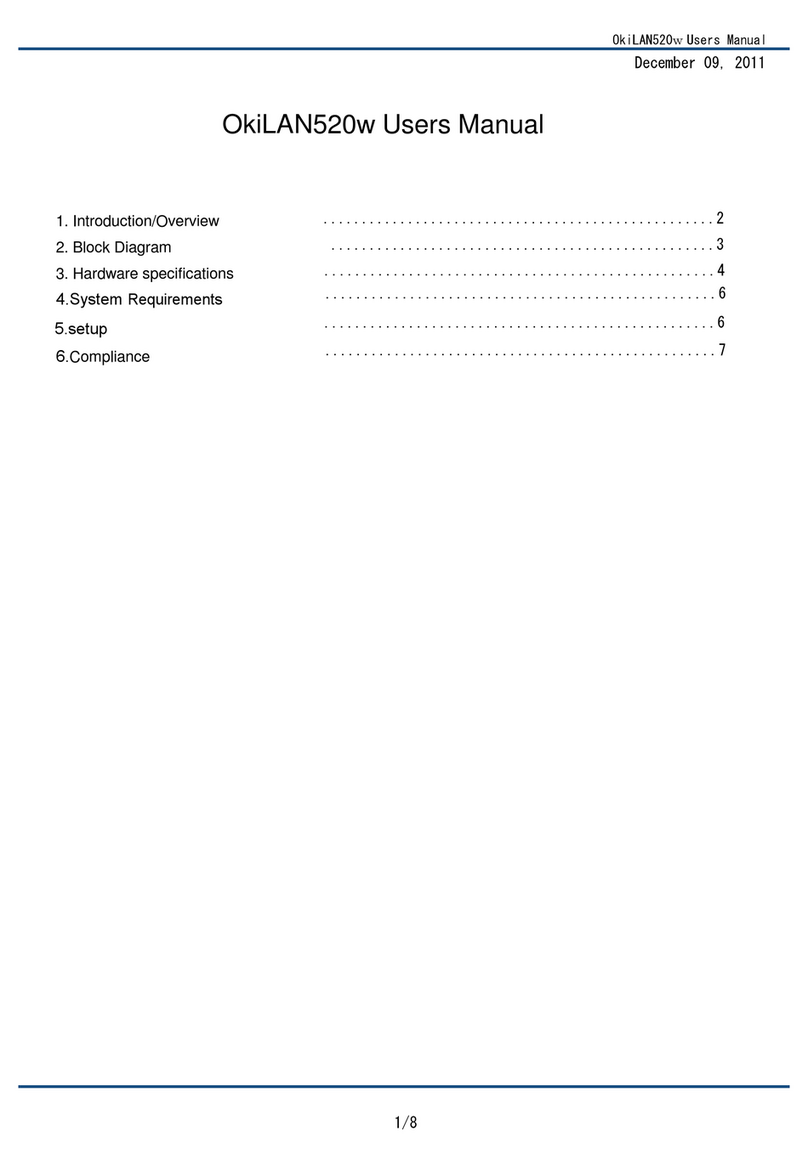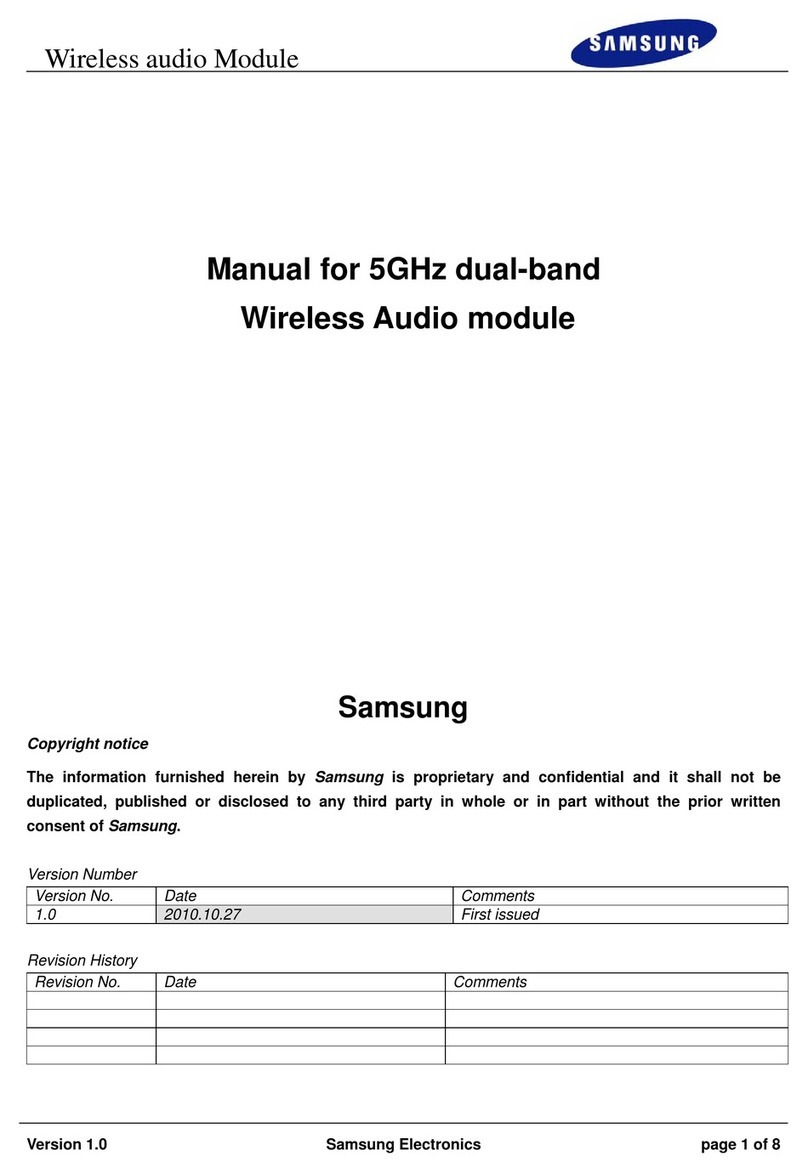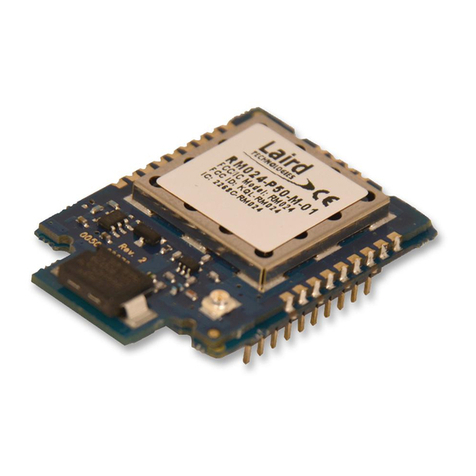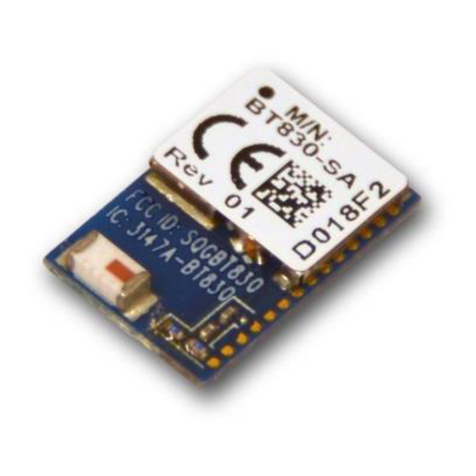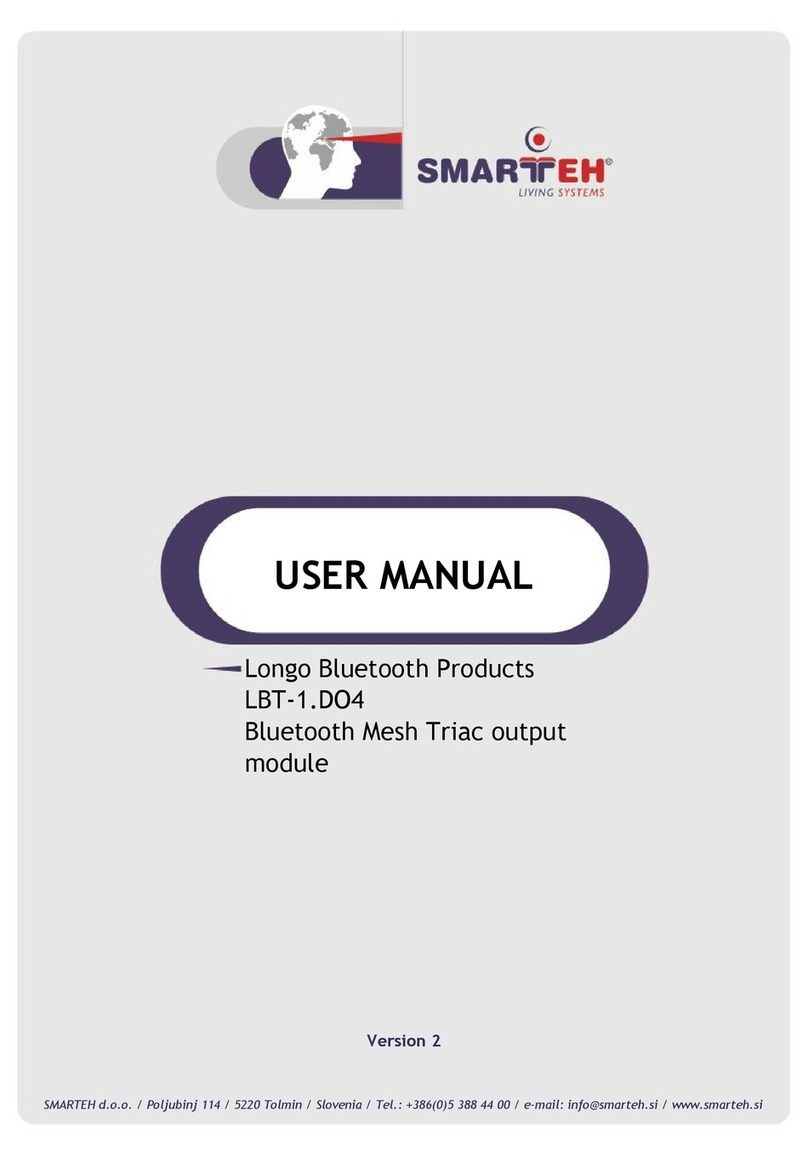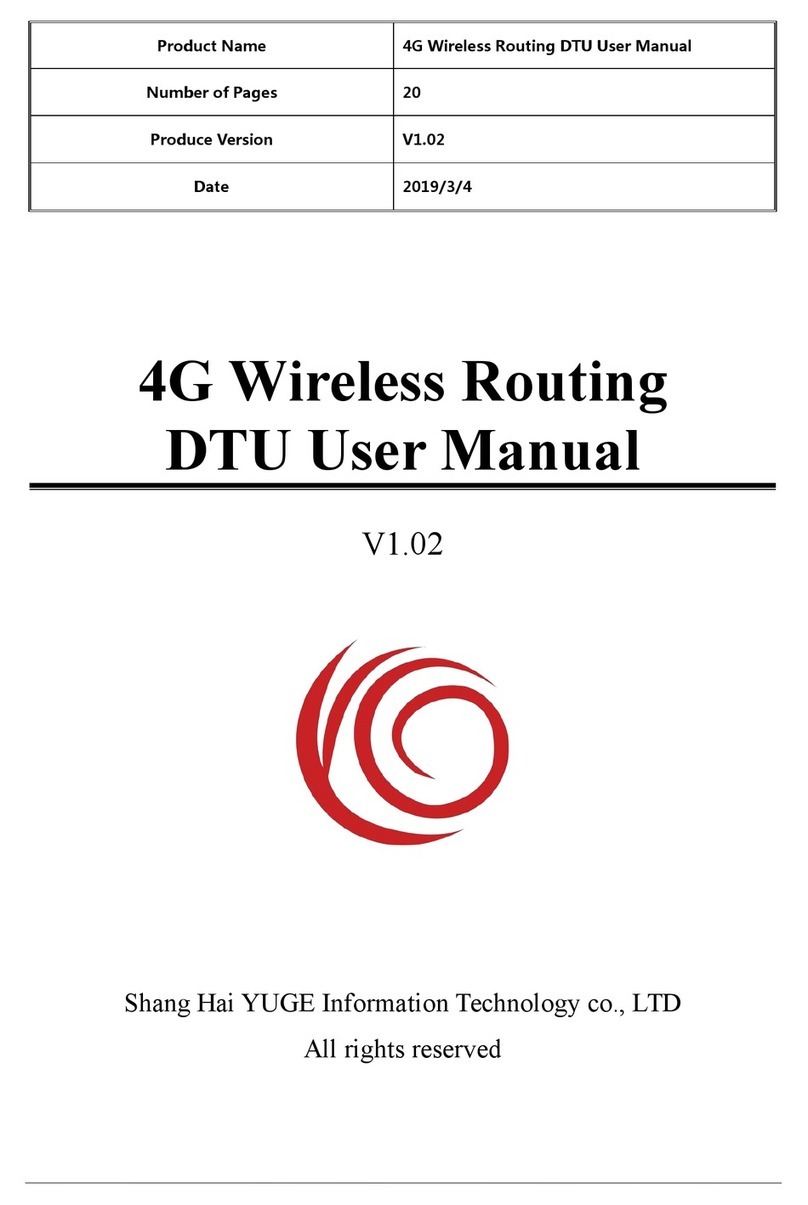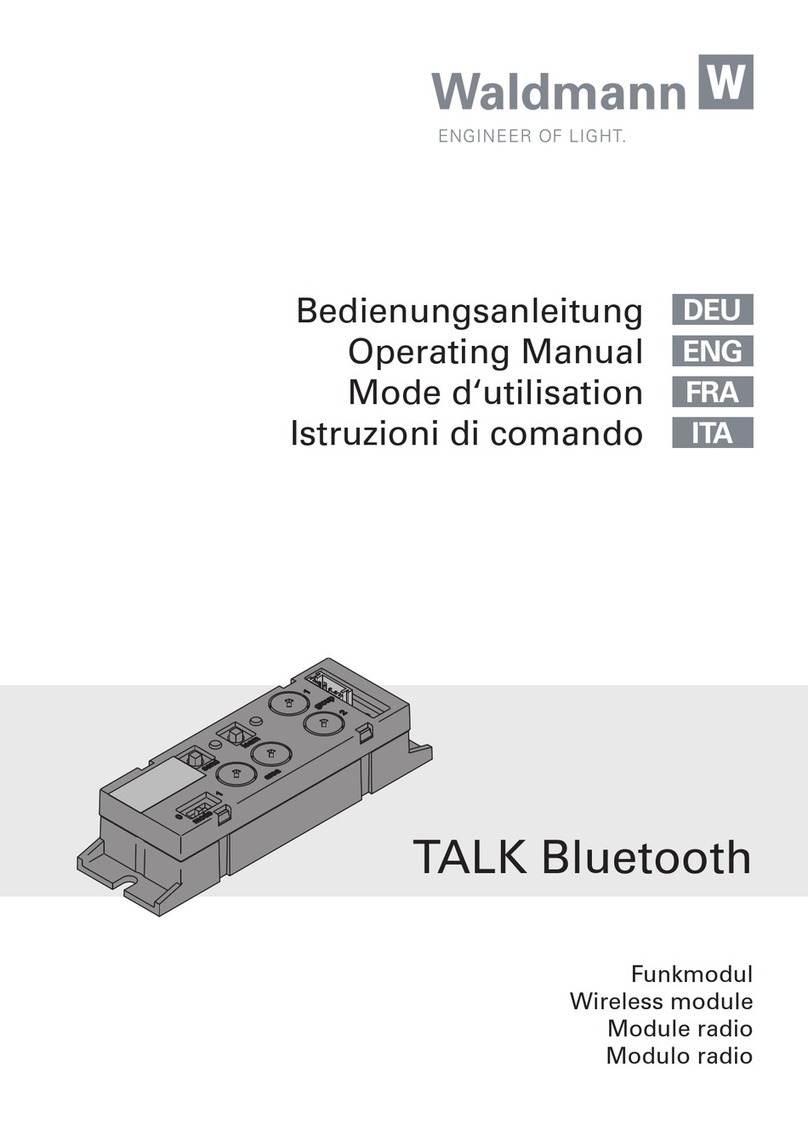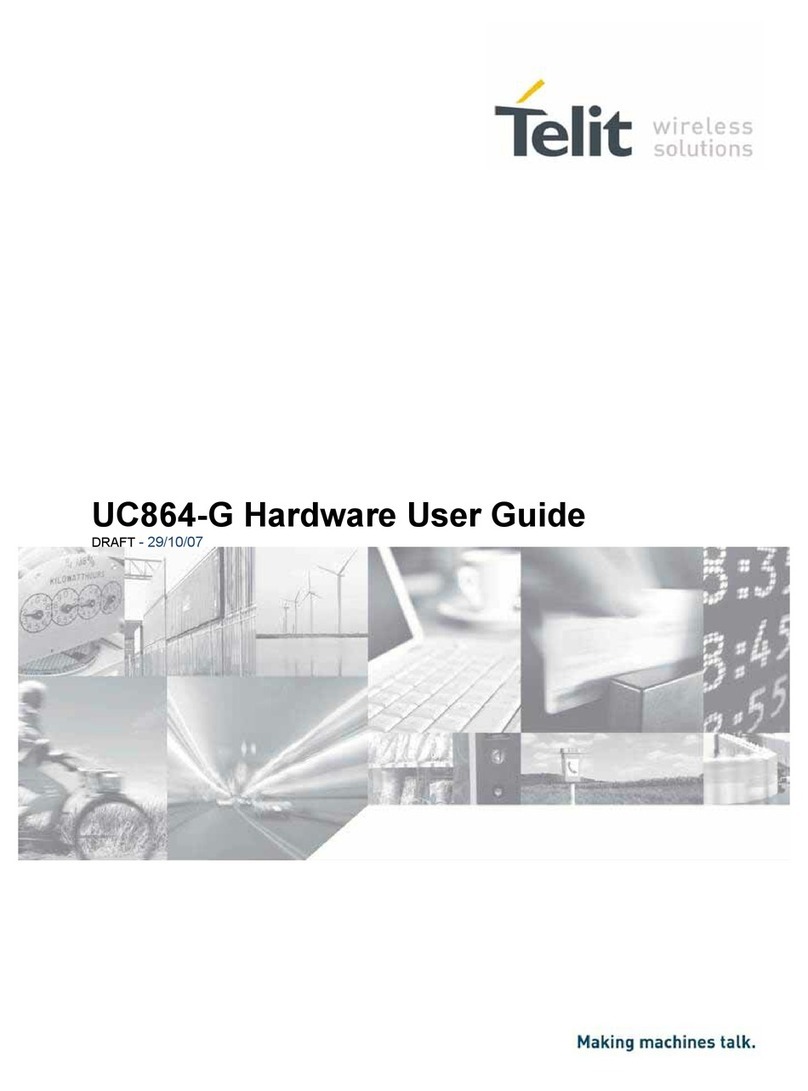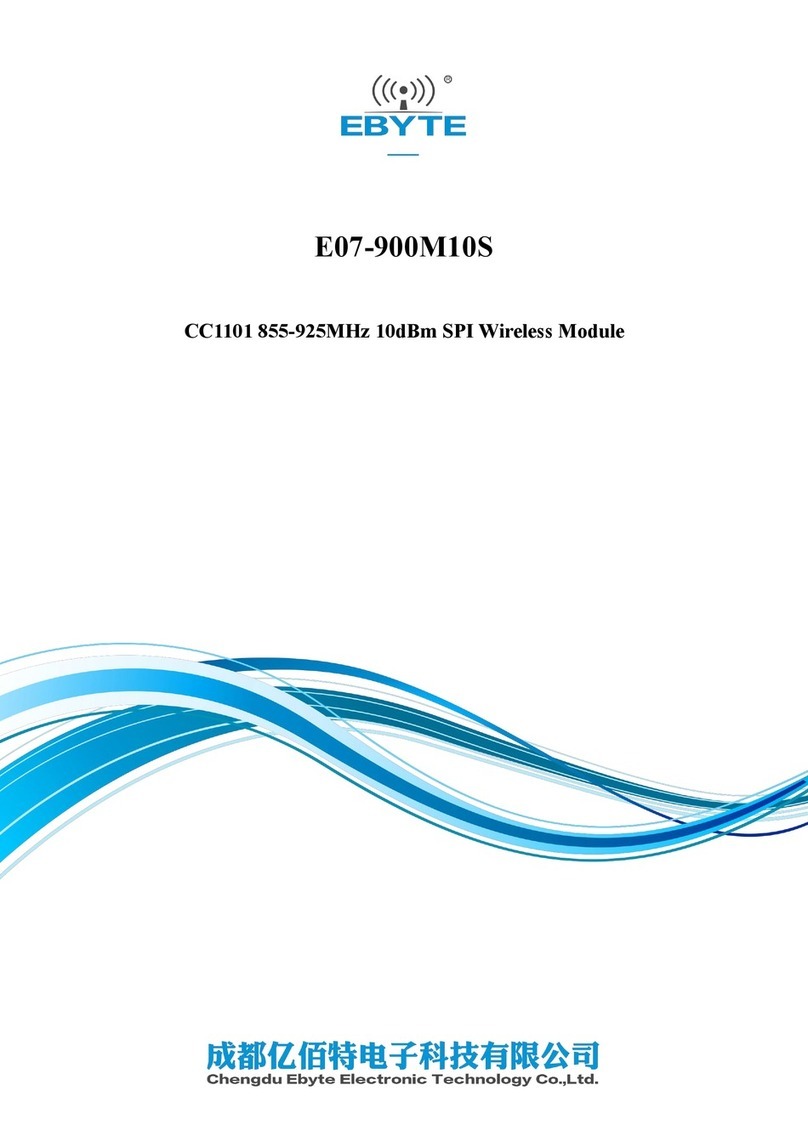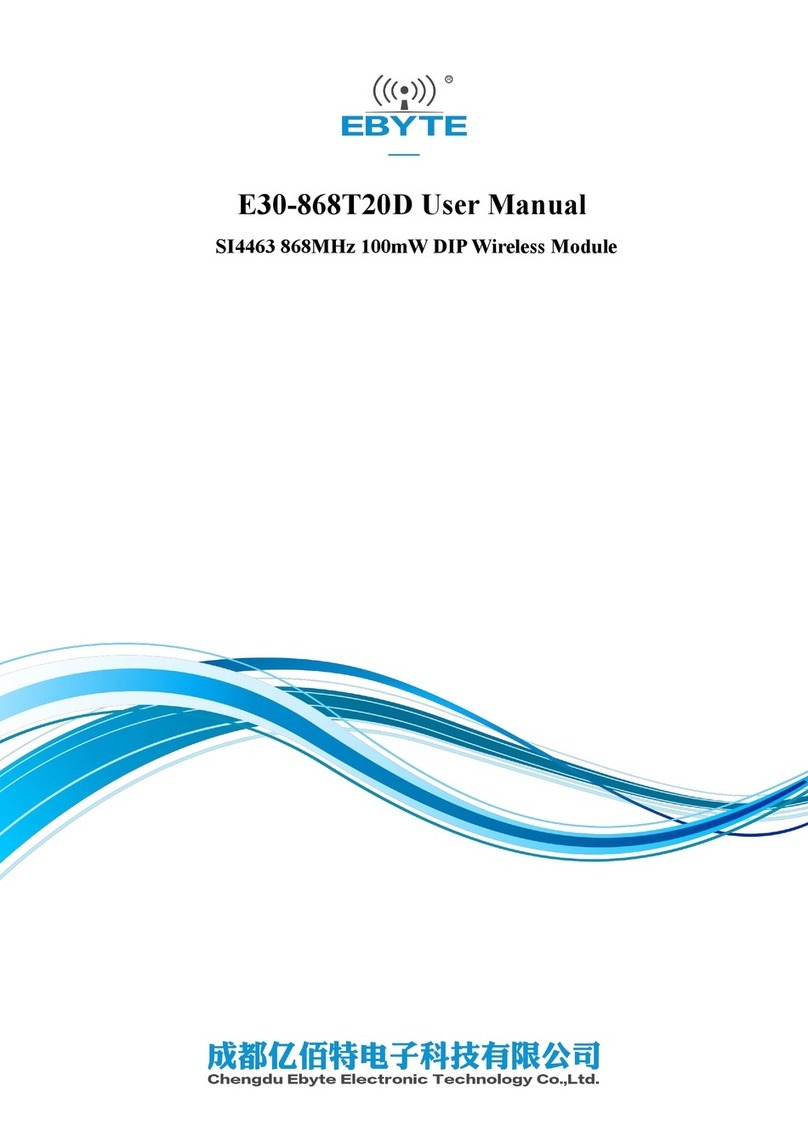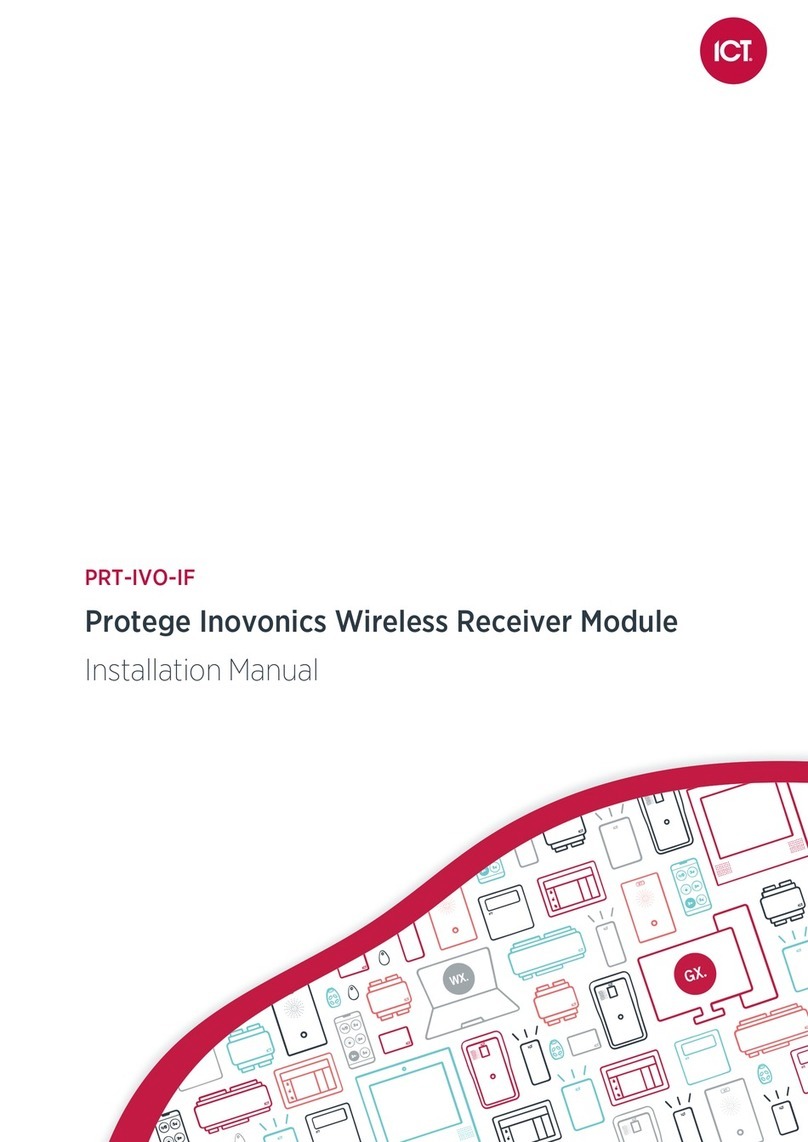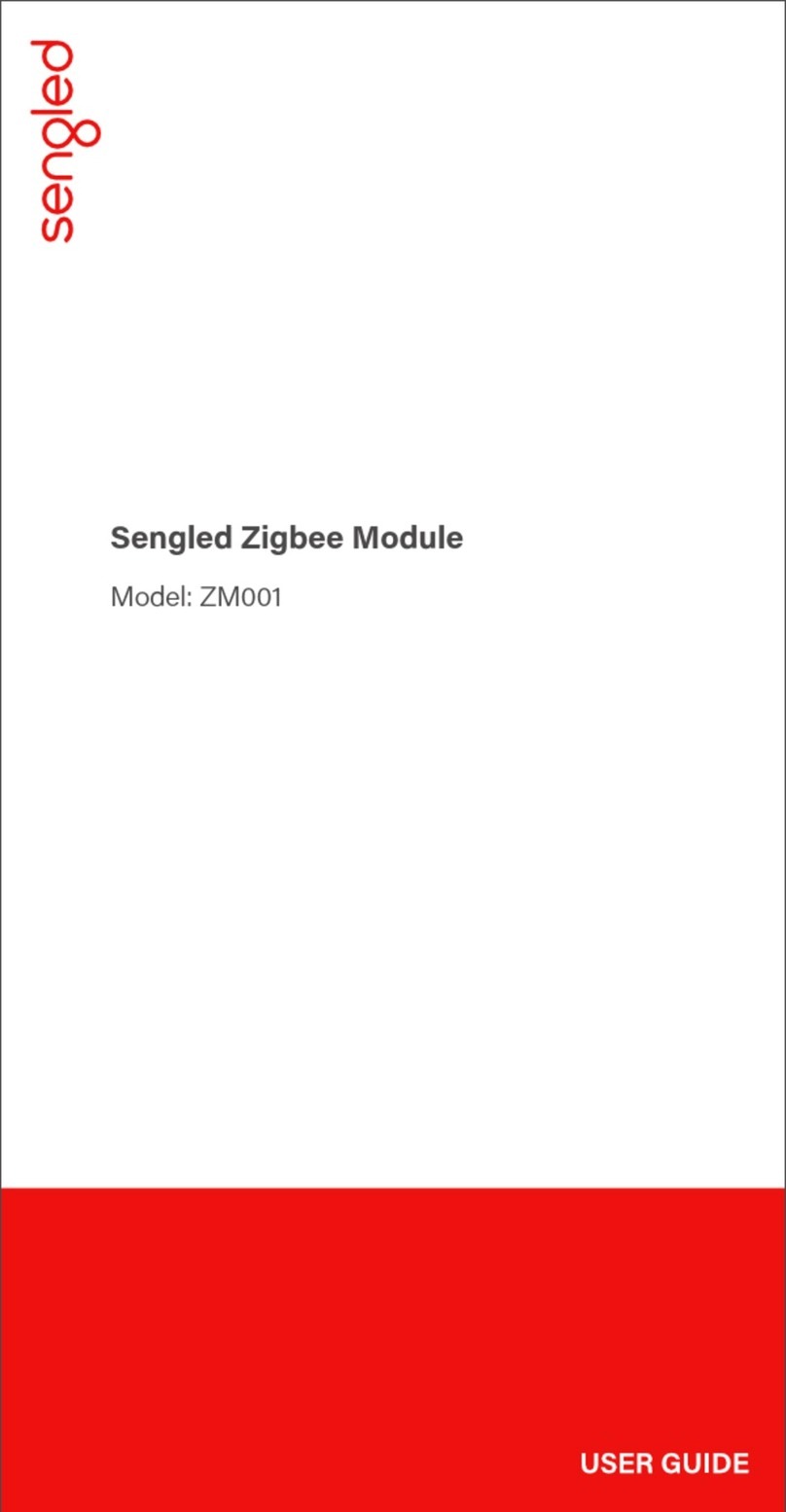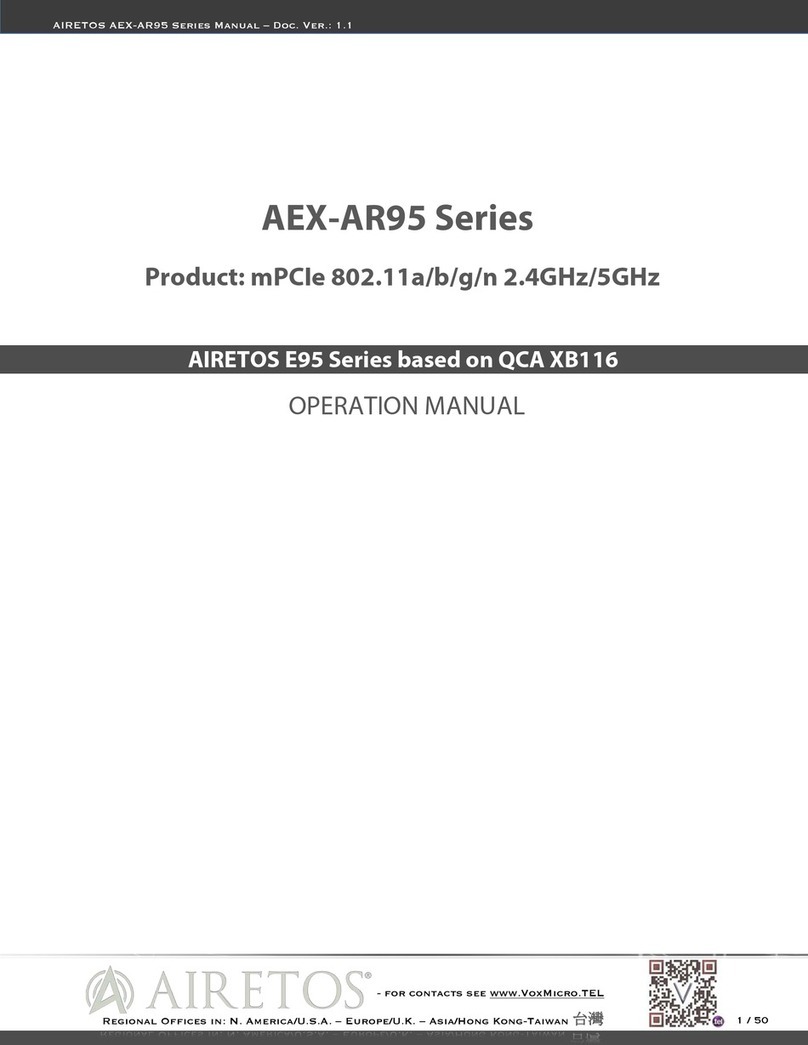5G Module Series
RM500Q-AE&RM502Q-AE Hardware Design
RM500Q-AE&RM502Q-AE_Hardware_Design 6 / 86
4.3. PCIe Interface...........................................................................................................................42
4.3.1. PCIe Operating Mode....................................................................................................42
4.3.2. Pin Definition of PCIe.....................................................................................................43
4.3.3. Reference Design for PCIe............................................................................................44
4.3.4. PCIe Timing....................................................................................................................45
4.4. PCM Interface...........................................................................................................................46
4.5. Control and Indication Interfaces..............................................................................................48
4.5.1. W_DISABLE1#...............................................................................................................48
4.5.2. W_DISABLE2#...............................................................................................................49
4.5.3. WWAN_LED#.................................................................................................................50
4.5.4. WAKE_ON_WAN#.........................................................................................................51
4.5.5. DPR* ..............................................................................................................................52
4.5.6. STATUS*........................................................................................................................52
4.6. Cellular/WLAN COEX Interface*...............................................................................................52
4.7. Antenna Tuner Control Interface*.............................................................................................53
4.8. Configuration Pins.....................................................................................................................53
5RF Characteristics.............................................................................................................................55
5.1. Cellular Antenna Interfaces.......................................................................................................55
5.1.1. Pin Definition..................................................................................................................55
5.1.2. Port Mapping..................................................................................................................56
5.1.3. Operating Frequency .....................................................................................................56
5.1.4. Receiving Sensitivity......................................................................................................58
5.1.5. Output Power .................................................................................................................61
5.2. GNSS Antenna Interface ..........................................................................................................61
5.2.1. General Description .......................................................................................................61
5.2.2. GNSS Frequency...........................................................................................................62
5.2.3. GNSS Performance .......................................................................................................62
5.3. Antenna Connectors.................................................................................................................63
5.3.1. Antenna Connector Location .........................................................................................63
5.3.2. Antenna Connector Size................................................................................................64
5.3.3. Antenna Connector Installation......................................................................................65
5.3.4. Recommended RF Connector Installation.....................................................................67
5.3.4.1. Assemble Coaxial Cable Plug Manually.............................................................67
5.3.4.2. Assemble Coaxial Cable Plug with Jig ...............................................................68
5.3.5. Recommended Manufacturers of RF Connector and Cable.........................................69
5.4. Antenna Requirements.............................................................................................................69
6Electrical Characteristics and Reliability........................................................................................70
6.1. Power Supply Requirements ....................................................................................................70
6.2. Current Consumption................................................................................................................70
6.3. Digital I/O Characteristic...........................................................................................................75
6.4. Electrostatic Discharge.............................................................................................................76
6.5. Thermal Dissipation ..................................................................................................................77
6.6. Absolute Maximum Ratings......................................................................................................78
